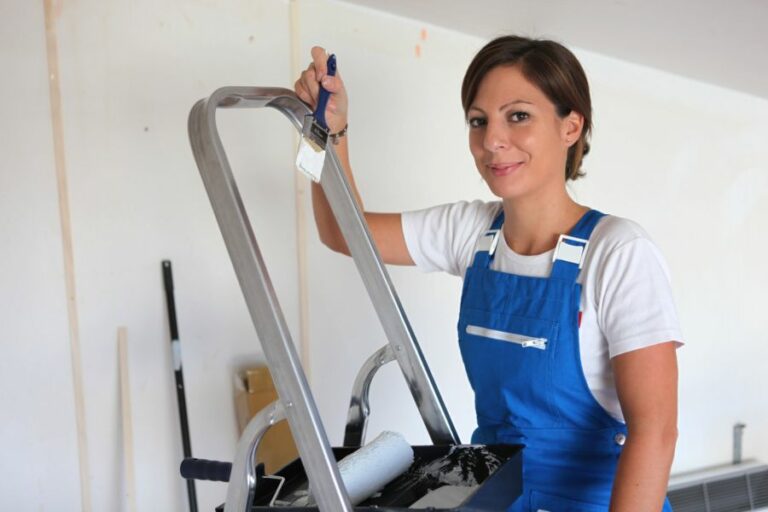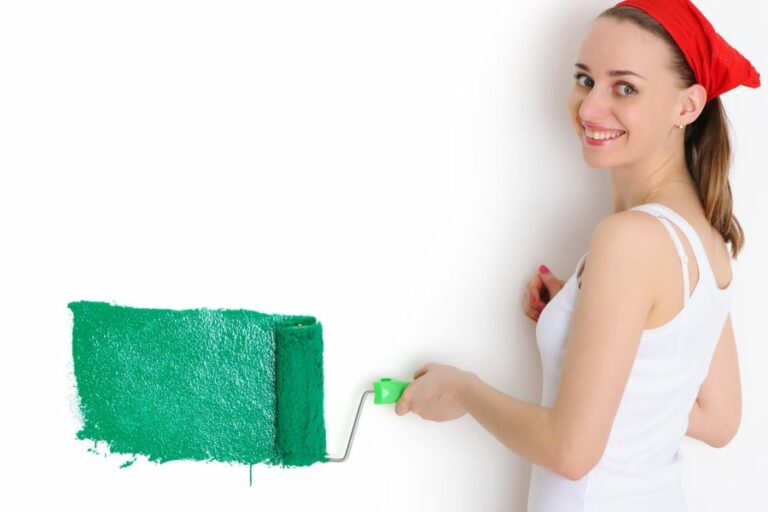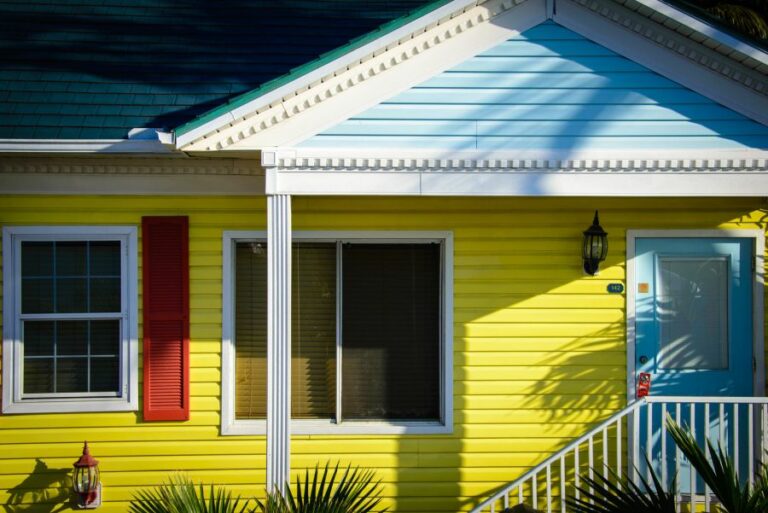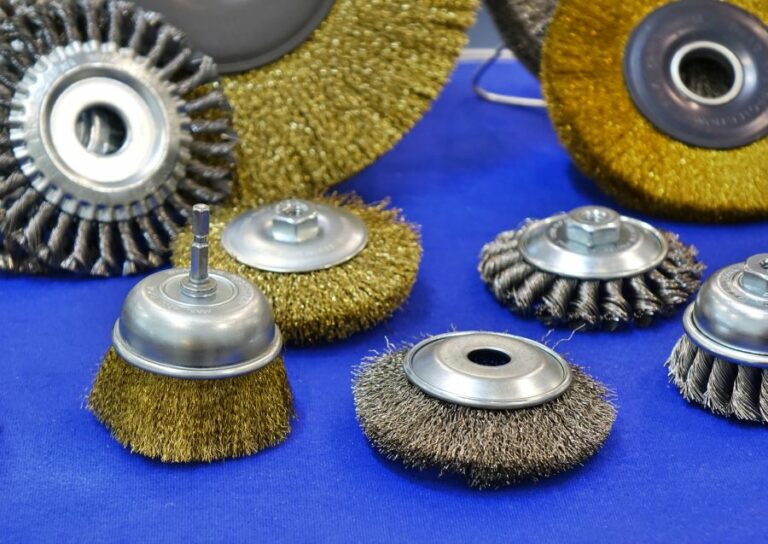Select & Apply Primers On Multiple Surface Types
Selecting and applying primers on multiple surface types can seem daunting, especially with the vast array of products available. But don’t worry! We’re here to help you navigate this process with confidence and ease, ensuring that your surfaces receive the ideal priming for optimal results. With our guidance, you’ll soon understand how to choose the perfect primer and effectively apply it on various surfaces, leaving you with flawless and long-lasting results.
Select & apply primers on multiple surface types:
To select and apply primers on multiple surface types, first understand that primers are classified into oil-based, water-based, and shellac-based categories. Choose a primer based on the surface: water-based for new drywall, oil-based for bare wood, shellac-based for stained/varnished wood, and metal-specific primers for metals. For masonry, use water-based or oil-based primers depending on stains and moisture. Prepare the surface, tint the primer, apply evenly and adhere to curing times for optimal results.

Discover the secrets to selecting and applying primers effectively on diverse surfaces! Learn about the best tools, techniques, and tips to achieve flawless finishes every time. Keep reading for insightful expert advice and unleash the DIY enthusiast in you. Don’t miss out!
Contents
Choosing and Applying Primers for Various Surfaces
Selecting the appropriate primer and applying it correctly is crucial for ensuring a professional finish on any painting job. Whether the project involves interior walls or exterior surfaces, investing time in choosing the right primer can save much trouble in the long run.
• Understanding Primers: Their Functions and Types
Primer is the first layer of paint applied to a surface and is primarily meant to enhance paint adhesion while providing a uniform base for the topcoat. It can also offer additional benefits, such as sealing porous surfaces, blocking stains, and improving corrosion resistance.
Primers are typically classified into three main categories based on their composition: oil-based, water-based, and shellac-based.
– Oil-Based Primers
Oil-based primers provide excellent adhesion, stain-blocking, and durability. They’re suitable for a wide range of surfaces, including wood, metal, and masonry. The only downside is their slower drying time and the need to clean application tools with solvents.
– Water-Based (Latex) Primers
Water-based primers, also known as latex primers, have become increasingly popular due to their quick drying time, low odor, and easy soap-and-water cleanup. They work well on most surfaces like drywall, wood, and masonry but are less effective at sealing stains compared to oil-based primers.
– Shellac-Based Primers
Shellac-based primers are unparalleled when it comes to sealing stubborn stains and knots in the wood. They dry quickly and offer good adhesion on various surfaces, but their strong odor and need for alcohol or ammonia-based cleaners make them less user-friendly.
• Selecting the Right Primer for Specific Surface Types
– New Drywall
For new drywall, a water-based (latex) primer sealer is usually the best choice. It provides an even base for the topcoat while sealing the porous surface. It is also quick-drying, efficient, and easy to clean up.
– Wood
When priming bare wood, the recommended option is an oil-based primer. It properly seals the wood and provides excellent adhesion for the paint. However, if you’re painting stained or varnished wood, a shellac-based primer is ideal for blocking any potential bleeding from the old finish.
– Metal
To prevent corrosion and promote adhesion, a metal-specific primer is necessary. Oil-based and water-based primers work for different metals, so consult the manufacturer’s guidelines to select the right product.
For instance, oil-based primers are generally suitable for ferrous metals (like iron and steel) while water-based primers work well on non-ferrous metals (such as aluminum and galvanized steel).
– Masonry
Masonry surfaces like brick and concrete require a masonry primer to ensure proper adhesion and sealing. Water-based primers are typically recommended but consider using an oil-based primer for surfaces that are heavily stained or subjected to moisture issues.
• Application Tips for Primers on Multiple Surface Types
– Surface Preparation
Before applying any primer, the surface must be clean and free of dirt, grease, or dust. Use a suitable detergent, degreaser, or cleaner, depending on the surface type. For surfaces with mildew or mold, treat the area with a suitable fungicidal wash.
– Tinting Primer
To improve adhesion and color coverage, consider having your primer tinted to a shade lighter than your topcoat color. This can save time and reduce the number of coats needed for full coverage.
– Proper Application Technique
Using the appropriate application tools (brush, roller, or sprayer) for the surface you’re working on, apply the primer evenly and in the correct thickness, as indicated on the product label. Allow it to dry completely before applying the topcoat.
– Curing Time
Each primer has a specific drying and curing time, which must be respected to ensure proper adhesion and durability. Check the manufacturer’s guidelines for exact times.
• In Conclusion
Choosing the right primer for a particular surface type can significantly impact the final appearance of your painting project. Invest the time to understand your options and select a primer that is specifically designed for the surface you’re working on.
By following the tips in this article, you will be well on your way to achieving professional results.
Surface Type | Primer | Application Method |
|---|---|---|
Wood | Acrylic Primer | Brush or Roller |
Metal | Red Oxide Primer | Brush, Roller, or Spray |
Plastic | Plastic Primer | Brush, Roller, or Spray |
Concrete | Water-based Primer | Brush or Roller |
Glass | Etch Primer | Brush, Roller, or Spray |







